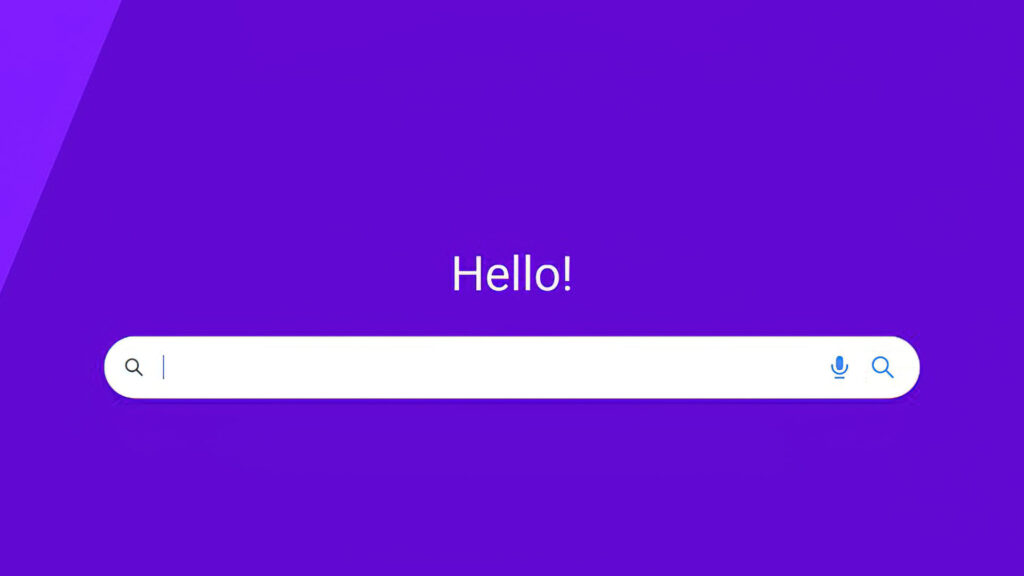You did it! You got
Yahoo
or
Microsoft
to unblock you. Perhaps you even figured out
why they "hate" you
. Perhaps your friendly neighborhood deliverability consultant just closed the ticket you submitted, letting you know that the ISP has unblocked your sending IP address and telling you that you should now be "good to go."
So...now what?
What should you do next?
What should you send, how much, in what order? What's the best way to ramp things back up? This seems something that is missing from a lot of deliverability consultation -- the "now what?" after getting you unblocked. I sense an opportunity! Allow me to share my take on what you should do next, after getting unblocked by an ISP like Yahoo or Microsoft.
WAIT.
Wait a period of time -- 24 hours if Yahoo, 48 hours if Microsoft, before doing any significant sending. (For other ISPs, wait until the next morning in US time.) Why? Because not all ISP spam filters update immediately. Most update overnight. Microsoft might only update every two days. You don't want to try to send until you're sure that the spam blocking has been removed. So, best to wait.
SPLIT.
Split up your next sends. Don't immediately push the button to send one big send to six million people. Can you split that up? Over three days? Or in six batches, one every 12-18 hours? This will give you a chance to pause after a segment, if you notice the blocking recurring. It also flattens out the volume, making send volume look a bit more consistent instead of spiky. Do this ongoing, too. If you can split up future sends into chunks to launch throughout a day (or across multiple days), you slightly reduce the chances of blocking based just on volume spiking, especially at Microsoft domains. Microsoft hates volume spikes!
REVIEW.
Something happened to cause that blocking. The ISP isn't guaranteeing that they won't block your mail again. If sending to a bad list is what caused the block before, sending to that bad list again is going to cause that blocking again. What can you review, and change, about what you're sending, to try to improve things? If you have a list segment that you know is iffy, that is something you should hold back on. Put it on pause, don't include it in the next send. It'll help reduce the chances of blocking recurring. This is an area where improvement almost always necessitates change.
FOCUS.
Focusing on engaged subscribers is almost always a good thing to do. It helps to boost your sending reputation. Even at an ISP that doesn't directly look at engagement as a filtering metric, it'll still help. (Just a little more indirectly.) This means identifying people who haven't opened or clicked on any email from you in a long time, and stopping mail to those people. Suppress them, at least temporarily. What your date cutoff for engagement is varies based on industry (and is something of a moving target in the industry), but if you're not sure where to start, try six months. Meaning, if a person hasn't opened or clicked on an email from you in the last six months, stop sending to them. (Yes, Apple's Mail Privacy Protection leads us to a more complex discussion in the longer term, but today, this is still valuable.)
LEARN.
Sign up for
Microsoft SNDS
. Sign up for
Google Postmaster Tools
. Use
your favorite inbox monitoring suite
to help capture and report on any and all bits of feedback. Use this to monitor. Now that you've gotten unblocked, and you're suppressing unengaged subscribers, and you've ditched that questionable list data, is your complaint rate going down in SNDS or GPT? Is your domain or IP reputation trending up? Feedback here helps you confirm that you're on the right path.
Of course, this is all pretty high level guidance. It's just the starting point, and different scenarios require different strategy to address. But I hope it gives you some idea of how to kick things off -- how best to recover after getting unblocked, and how to position yourself for success going forward. Hopefully these tips will help you to minimize the chances that you'll get blocked again immediately. Good luck and good sending!
Značky: #isps, #microsoft, #Network, #unblocking, #yahoo
 chevron_right
chevron_right







